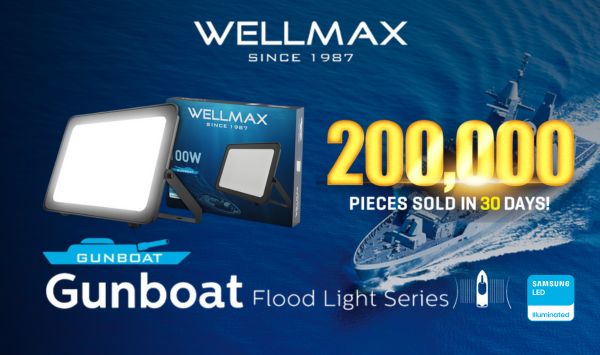How the EU’s Many Sustainability Initiatives Will Impact the Lighting Industry
In March of this year, the European Commission adopted a proposal for a comprehensive new legislative package called the Sustainable Products Initiative (SPI). Part of the Commission’s flagship Green Deal, the SPI essentially aims to ensure that only the most sustainable products are sold in Europe.
To do this, the proposals included in the SPI look to empower consumers to save energy, repair products, and make smart environmental choices when shopping for new products.
Of particular interest to the lighting industry is the SPI’s proposal for an Ecodesign for Sustainable Products Regulation (ESPR). This would repeal and replace the current Ecodesign Directive that our industry is by now very much familiar with. Like the Ecodesign Directive, details as to what is and is not sustainable will be decided at the product level.
The ESPR will, without a doubt, require even more from the lighting industry. In addition to the energy efficiency requirements of the current regulation, the ESPR will include specific requirements relating to life cycle, durability, use of recycled content, repairability, and raw material usage.
All these new sustainability requirements will be evaluated and introduced in product specific rules, also for lighting. Thanks to our industry’s wealth of experience with the Ecodesign Directive, and LightingEurope’s leadership on the file, we are well-positioned to shape the next generation of lighting requirements.
- A Crowded Landscape
But the ESPR is just the tip of the iceberg. There’s a whole slew of sustainability initiatives on the horizon, each of which will have a direct impact on the lighting industry.
Take for example the initiatives designed to empower consumers by preventing so-called ‘greenwashing’. Under these proposals, companies will not only be required to substantiate any claims relating to a product’s sustainability, they’ll have to do so using the methods set out in the Substantiating Green Claims initiative. Any claim that does not follow such methods will be deemed misleading and be subject to sanctions.
Other key initiatives include:
● Right to Repair: a series of measures that aim to foster a circular economy by ensuring that products can be repaired and not simply replaced.
● Construction Products Regulation: establishes harmonised rules on sustainability for construction products.
● EU Green Taxonomy: provide companies, investors, and policymakers with definitions for which economic activities can be considered environmentally sustainable and should be prioritised for financial investment and public contracts.
● EU Green Public Procurement (GPP): introduces green requirements in public tenders.
● Corporate Governance Sustainability Reporting: establishes requirements for how companies report on their Environmental – Social – Governance (ESG) performance.
On top of these new initiatives, the European Commission is also expected to review and update such regulations as the Waste Framework Directive (WFD); Waste Electrical and Electronic Equipment (WEEE) Directive; Restriction of Hazardous Substances (RoHS) Directive; and Registration, Evaluation, Authorisation and Restriction of Chemicals (REACH) Regulation.
- What the Lighting Industry Can Expect
What does all this mean for the lighting industry?
To start, companies will need to rethink how they design their products. In addition to being energy efficient and complying with the recently introduced quality parameters and labelling requirements, products will also need to be designed so that they are repairable and offer increased durability – both of which will require that necessary spare parts are available for several years. While the latter could open new revenue streams for OEMs, they must also be prepared to compete against other companies producing and selling these spare parts.
Recruiting and holding on to qualified staff experienced in sustainable product design and manufacturing will also become increasingly challenging. The EU regulatory drive on sustainability is directly impacting all sectors, from textile to electronics or cement, and all these companies are quickly trying to build up capacity internally to stay ahead of the regulatory trends and the market.
Sales may decrease, not only because products are more durable but also because their cost is very likely to increase. Customers will ultimately have to cover the cost of the additional investment needed to redesign products and processes, and regulators acknowledge this.
The amount of information that companies will be obliged to collect and make available will increase exponentially. LightingEurope expects that today’s Energy Label will evolve into a Sustainability Label that could also include a repairability score and a lifecycle assessment. Furthermore, as previously mentioned, companies must ensure that any and all sustainability claims can be fully substantiated with evidence.
Last but not least, we expect to see Digital Product Passports (DPP) used to report information for each single product – including every substance found in a product. Considering that many electronic products contain up to 4,000 different substances, DPP reporting requirements could end up being extremely cumbersome.
Source: LightingEurope
Related news
1 week ago · 5 mins read
1 week ago · 5 mins read
2 weeks ago · 5 mins read
2 weeks ago · 5 mins read







